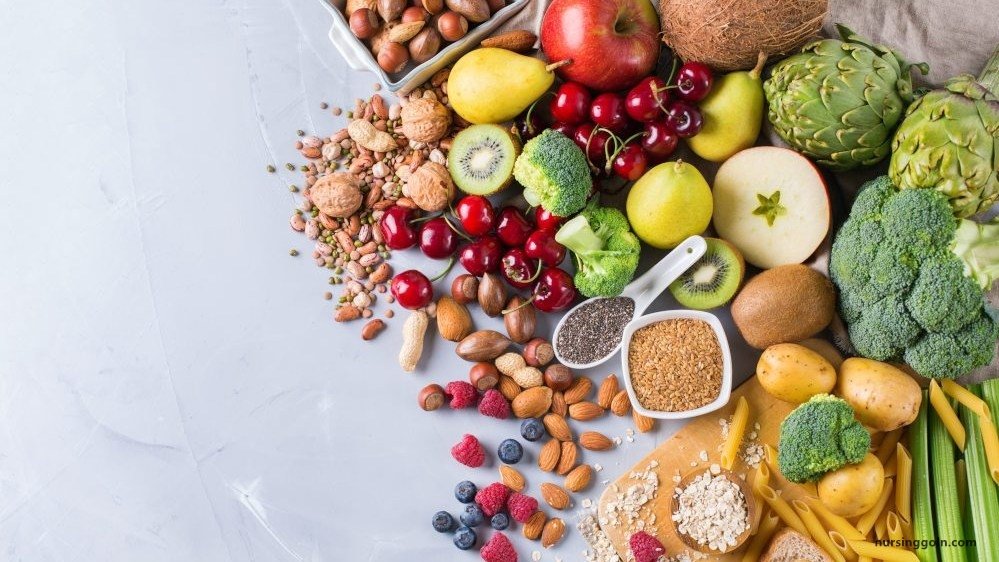Preparation (Maintaining Nutritional Value) – This book covers the entire syllabus of “Nutrition and Dietetics” prescribed by BNMC-for all Diploma in Nursing Science and Midwifery students. We tried to accommodate latest information and topics. This book is examination friendly setup according to the teachers’ lectures and examination’s questions. At the end of the book previous university questions are given. We hope in touch with the book students’ knowledge will be upgraded and flourished. The unique way of presentation may make your reading of the book a pleasurable experience.

Preparation (Maintaining Nutritional Value)
Nutritional Value
Nutritional value refers to contents of food and the impact of constituents on body. It relates to carbohydrates, fats, proteins, minerals, additives, enzymes, vitamins, sugar intake, cholesterol, fat and salt intake. Nutritive value is essential in maintaining performance of neonatal, growing, finished and breeding animals. In general food label gives nutritional values to consumers.

Importance of Maintaining Nutritional Value:
- Reduce the risk of some diseases, including heart disease, diabetes, stroke, some cancers, and osteoporosis
- Reduce high blood pressure
- Lower high cholesterol
- Improve well-being
- Improve the ability to fight off illness
- Improve the ability to recover from illness or injury
- Increase energy level

Process of Maintaining Nutritional Value:
- Keep fruits and vegetables cool to prevent enzymes from destroying vitamins.
- Refrigerate food in airtight moisture-proof containers. The loss of nutrients is slowed near freezing temperatures, at high humidity, and less air contact.
- Avoid trimming and cutting fruits and vegetables into small pieces. The greater surface area allows oxygen to break down vitamins faster. The outer leaves of all greens and under the skins of fruits and vegetables, such as potatoes, carrots and apples, have more nutrients than the inner portion.
- Microwaving cooking, steaming, or using a pan or wok with very small amounts of water and a tight-fitting lid are best. More nutrients are retained when there is less contact with water and a shorter cooking time with less exposure to heat. Cook fruits and vegetables with their skins on.
- Minimize reheating food.
- Do not add baking soda to enhance a vegetable’s green color. Alkaline products destroy vitamins.
- Store canned goods in a cool place and serve any liquid packed with the food. If you don’t need all the liquid to cook the food, reserve the remainder for soup stock.
- Keep milk refrigerated and tightly capped, away from strong light. Riboflavin is very sensitive to direct light.
Read more:
